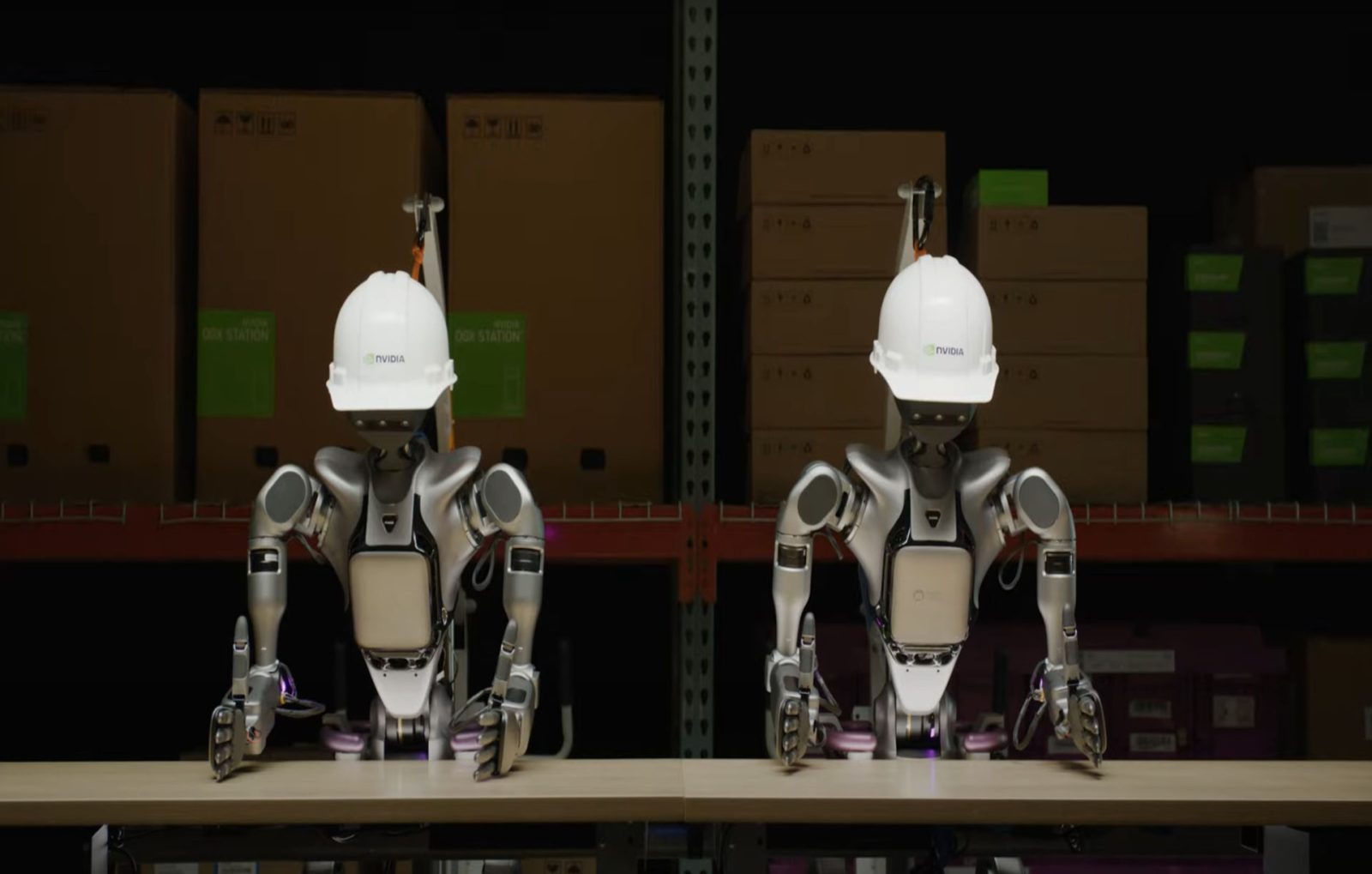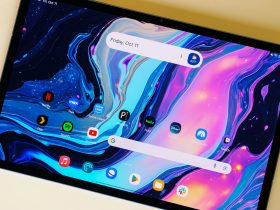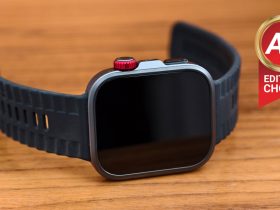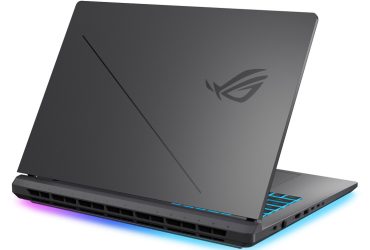NVIDIA Unleashes GR00T N1.5: The Future Of Robotics Starts Here

Most of us are familiar with NVIDIA. The company specializes in GPU technology and is leading the charge in AI hardware development. But that’s not all NVIDIA is up to. At Computex 2025, NVIDIA unveiled new humanoid robotics as a demonstration of physical AI.
NVIDIA’s new humanoid robotics
At the Computex 2025 trade show in Taiwan, NVIDIA announced its Isaac GR00T N1.5. This is the company’s first update to its fully customizable foundation model for humanoid reasoning and skills.
According to NVIDIA’s CEO, Jensen Huang, “Physical AI and robotics will bring about the next industrial revolution. From AI brains for robots to simulated worlds to practice in or AI supercomputers for training foundation models, Nvidia provides building blocks for every stage of the robotics development journey.”
It was also revealed that other robotics companies, such as Agility Robotics, Boston Dynamics, Fourier, Foxlink, Galbot, Mentee Robotics, NEURA Robotics, General Robotics, Skild AI, and XPENG Robotics, would be adopting NVIDIA’s Isaac platform.
The company also showed off its GR00T-Dreams Blueprint and GR00T-Mimic, which are designed to help robots learn new skills faster and at a lower cost.
Faster, more cost-efficient training
Training a robot how to perform a task can take hours, if not longer. However, with platforms like Isaac GR00T N1.5, the GR00T-Dreams Blueprint, and GR00T-Mimic, it can cut all that training time down considerably.
Take for example the GR00T-Dreams Blueprint. Think of it like how our dreams sometimes viewed helps us to solve problems in our sleep. By feeding robots a picture of a task, like stacking boxes, this tool can generate video of the robot performing the task. From there, the key actions of the task are picked out. It then teaches the robot how to actually perform it in real-life.
Another example is the GR00T-Mimic tool. The robot can watch a human perform a task a couple of times. Then, through simulation software, it can create thousands of training examples for the robot to learn from. It’s almost like the Matrix, where you download the ability into the robot so it knows what to do.
This is useful for industrial work, where robots can be quickly trained to perform tasks or learn new tasks, potentially on the fly.
What’s your reaction?
Love0
Sad0
Happy0
Sleepy0
Angry0
Dead0
Wink0










Leave a Reply
View Comments